The Shifting Sands of Global Ceramic Production
The global ceramic industry, a cornerstone of construction, interior design, and various industrial applications, is in a perpetual state of evolution. Demand for high-performance, aesthetically versatile materials like porcelain ceramic continues to grow, fueled by urbanization, infrastructure development, and an ever-increasing emphasis on durability and sophisticated design. For decades, certain regions have traditionally dominated the production landscape. However, the narrative is shifting, with new players emerging and established ones dramatically scaling up their capabilities. Among these, Russia stands out. While its historical contributions to global ceramic exports might have been modest, a profound transformation is underway. Driven by robust domestic demand, strategic government initiatives, and significant private investment, Russian porcelain ceramic factories are embarking on ambitious expansion projects, rapidly increasing their production capacity. This article will delve into this fascinating industrial phenomenon, exploring the strategic rationale behind Russia’s porcelain power surge, examining the specific new projects driving this growth, detailing the technological advancements supporting this expansion, and assessing the implications for both the domestic market and the broader global ceramic industry. Prepare to discover how Russia is not just catching up but is poised to become a formidable force in high-volume porcelain ceramic manufacturing.
The Strategic Imperative: Why Russia is Expanding Porcelain Production
The decision to embark on large-scale production capacity expansion is never taken lightly; it requires significant capital investment, technological expertise, and a clear understanding of market dynamics. For Russia, the strategic imperative behind boosting porcelain ceramic output is multi-faceted and deeply rooted in both economic and geopolitical considerations.
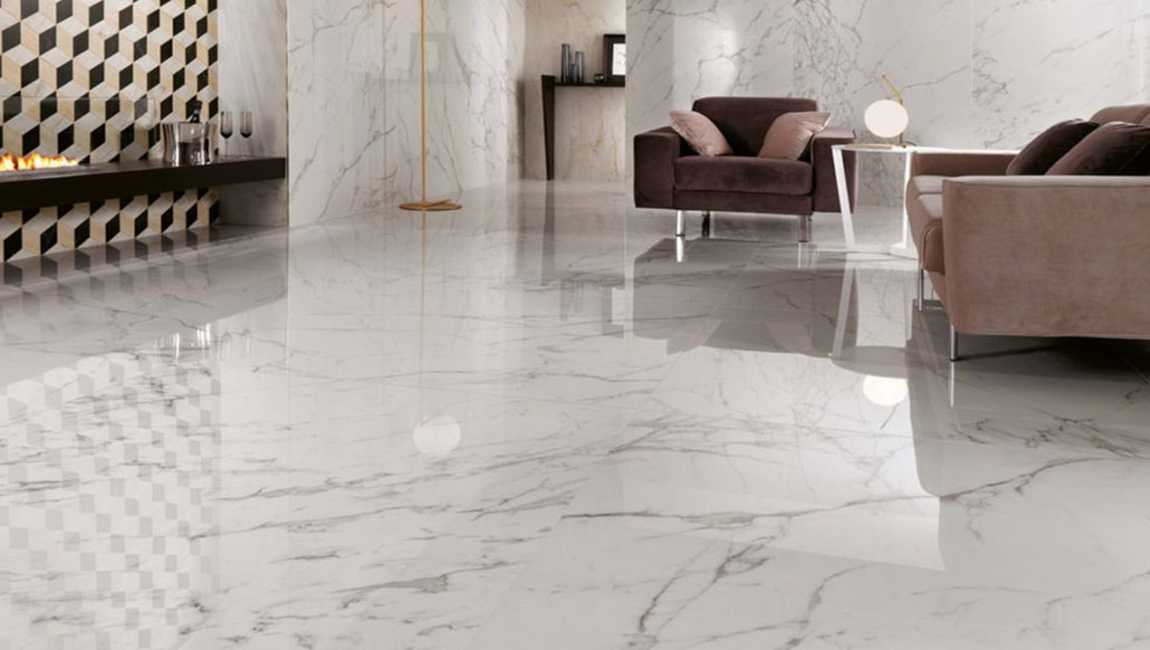
- Booming Domestic Construction Market: Russia has experienced substantial growth in its construction sector over the past two decades. Urban development, residential building booms, and large-scale infrastructure projects – from new airports and railway stations to commercial complexes and sports facilities – have created an insatiable demand for modern building materials. Porcelain ceramic, with its superior durability, aesthetic versatility, and ease of maintenance, is a preferred choice for flooring, wall cladding, and facades in these projects. Relying heavily on imports for such critical materials is economically inefficient and can create supply chain vulnerabilities. Boosting domestic production ensures a stable and secure supply for this vital sector.
- Import Substitution Policies: In response to geopolitical shifts and a desire to enhance economic sovereignty, Russia has actively pursued import substitution policies across various industries. The ceramic sector is a prime candidate for such initiatives. By increasing local production of high-quality porcelain, Russia aims to reduce its reliance on imports from traditional suppliers in Europe and Asia, thereby strengthening its internal economy, creating jobs, and ensuring a more resilient supply chain, particularly for essential construction materials.
- Export Potential and Market Diversification: While the immediate focus might be on domestic needs, Russian manufacturers also eye significant export potential. With modern factories and competitive pricing, Russian porcelain can find markets in neighboring CIS countries, parts of Asia, and even some niche segments in Europe. Expanding capacity not only serves domestic demand but also positions Russia to become a more prominent player in the global ceramic trade, diversifying its export portfolio beyond traditional commodities.
- Technological Readiness and Investment: Over the past decade, Russian ceramic companies have made substantial investments in acquiring cutting-edge European and Asian manufacturing technologies. This technological readiness, coupled with a growing pool of skilled engineers and technicians, has made large-scale expansion feasible and efficient. The availability of domestic raw materials (high-quality clays, feldspars, and sands) further sweetens the investment proposition.
- Job Creation and Regional Development: Large-scale industrial projects, such as new ceramic factories or significant expansions, create numerous jobs – both directly within the manufacturing facilities and indirectly in supporting industries like logistics, raw material extraction, and services. This contributes to regional economic development and improves living standards in areas where these facilities are located.
Pivotal Projects: Key Drivers of Capacity Expansion
The “power surge” in Russian porcelain production is not a theoretical concept; it’s tangible, manifested through several ambitious new projects and significant upgrades to existing facilities. While specific details can be proprietary, public announcements and industry reports highlight a clear trend of expansion across various regions.
- Greenfield Investments: Building from the Ground Up:
- New Production Complexes: Several new, entirely greenfield factories are either under construction or have recently come online. These state-of-the-art facilities are designed from inception to maximize efficiency and capacity, incorporating the latest machinery for large-format slab production, continuous pressing, and advanced digital decoration. Locations are often chosen based on proximity to raw material sources, transportation networks, and labor availability. These new complexes often represent investments ranging from tens to hundreds of millions of dollars, signifying a long-term commitment to the industry.
- Focus on High-Value Products: Many of these greenfield projects are specifically tailored for the production of large-format porcelain slabs and technical porcelain, which command higher market prices and cater to the growing demand for premium architectural surfaces. This strategic focus ensures that the increased capacity also translates into higher-value output.
- Brownfield Expansions: Upgrading Existing Giants:
- Adding New Production Lines: Established ceramic manufacturers in Russia are not just maintaining their operations; they are actively investing in adding new production lines within their existing facilities. This often involves the installation of additional kilns, presses, and finishing equipment to significantly boost throughput. This approach benefits from existing infrastructure, supply chains, and experienced workforces, allowing for faster integration of new capacity.
- Modernization and Automation: Alongside adding lines, significant capital is being allocated to modernizing older equipment and increasing automation levels across entire factories. This includes upgrading traditional presses to continuous systems, replacing older glazing machines with high-definition digital printers, and implementing robotic material handling systems. Such upgrades improve efficiency, reduce waste, and enhance product quality, making the increased capacity more competitive.
- Expanding Raw Material Processing: To support increased output, investments are also being made in expanding and optimizing raw material preparation facilities, including milling, mixing, and atomization plants. Ensuring a consistent and high-quality supply of prepared raw materials is crucial for uninterrupted, high-volume production.
- Regional Concentration and Specialization:
- While expansion is occurring across Russia, certain regions are becoming significant clusters for ceramic production due to their geological resources and logistical advantages. This regional concentration can foster specialized expertise, attract skilled labor, and create a more integrated supply chain, further enhancing the efficiency of the burgeoning capacity. Some regions might focus on technical porcelain, while others excel in decorative large-format slabs.
Technological Backbone: Enabling the Production Surge
The dramatic increase in production capacity would be impossible without a simultaneous embrace of cutting-edge manufacturing technologies. Russian factories are adopting and, in some cases, adapting the best global practices to support their ambitious expansion plans.
- State-of-the-Art Pressing Technology:
- Continuous Presses (e.g., Continua+ and Similar Systems): This is perhaps the most transformative technology for large-format porcelain slab production. Continuous presses allow for the formation of very long, homogeneous “green” slabs, which are then cut to desired dimensions. This significantly increases efficiency, reduces material waste, and enables the production of formats previously deemed challenging. The ability to produce varying thicknesses on the same line also adds flexibility. New Russian lines are almost universally equipped with these advanced systems.
- High-Tonnage Hydraulic Presses: For specific products requiring extreme compaction and density, particularly for technical porcelain or ultra-compact surfaces, Russian factories are installing massive hydraulic presses capable of exerting immense pressure (e.g., 10,000 to 20,000 tons). This ensures exceptional strength, low porosity, and dimensional stability, critical for demanding applications.
- Revolutionary Digital Decoration and Glazing:
- Multi-Bar Digital Inkjet Printers: Aesthetic versatility is a key selling point for porcelain. New production lines feature the latest generation of multi-bar (e.g., 8 to 12 color bars) digital inkjet printers. These allow for ultra-high-definition printing of complex designs, perfect replication of natural materials like marble, granite, and wood, and the creation of unique, non-repeating patterns on large surfaces, which is essential for seamless slab installations.
- Reactive and Special Effect Inks: Beyond basic color, Russian manufacturers are incorporating advanced reactive inks, grit applicators, and specialized glazes that create unique tactile sensations, visual depth, and realistic textures (e.g., matte, glossy, satin, relief effects). This allows for a much broader range of aesthetic offerings and higher-value products.
- Optimized Firing and Kiln Technology:
- High-Efficiency Roller Kilns: The core of porcelain production is the firing process. New Russian facilities are installing cutting-edge roller kilns designed for maximum thermal efficiency. These kilns feature advanced insulation, precise temperature control zones, and intelligent heat recovery systems. This not only reduces energy consumption and operational costs but also ensures consistent product quality and minimizes emissions.
- Rapid Firing Cycles: Modern kilns also allow for faster firing cycles without compromising quality, further boosting overall production capacity and throughput.
- Advanced Automation and Robotics:
- Robotic Handling Systems: Given the increasing size and weight of porcelain slabs, manual handling becomes impractical and risky. New Russian lines are heavily automated, utilizing robotic arms and automated guided vehicles (AGVs) for handling, sorting, stacking, and packaging. This significantly improves operational efficiency, reduces labor costs, minimizes product damage, and enhances workplace safety.
- Artificial Intelligence (AI) for Quality Control: Vision systems integrated with AI algorithms are being deployed for real-time quality inspection. These systems can identify even minute defects, color variations, or surface imperfections at high speed, ensuring consistent quality across massive production volumes and reducing waste. AI can also optimize kiln settings and predict potential equipment failures, improving overall factory performance.
Market Implications: Domestic Dominance and Global Aspirations
The rapid increase in Russian porcelain ceramic production capacity carries significant implications for various markets.
- Transforming the Domestic Market:
- Reduced Reliance on Imports: The most immediate effect is a substantial reduction in Russia’s reliance on imported porcelain tiles and slabs. Domestic manufacturers can now meet a much larger share of the local demand, especially for high-quality, large-format products. This strengthens the national economy and provides greater supply chain security.
- Competitive Pricing and Wider Availability: Increased domestic competition among Russian manufacturers can lead to more competitive pricing for consumers and construction companies. Furthermore, the wider availability of diverse product ranges, mirroring international design trends, will enrich the choices available in the Russian market.
- Support for “Made in Russia” Initiatives: The growth bolsters the “Made in Russia” brand, fostering national pride and confidence in domestically produced goods.
- Impact on the Global Ceramic Landscape:
- New Export Powerhouse: While currently focused on domestic needs, the sheer scale of the new capacity positions Russia to emerge as a significant exporter of porcelain ceramics, particularly to neighboring countries and regions where logistics are favorable. This could intensify global competition, particularly for mass-market and mid-range products.
- Diversification of Supply Chains: For international buyers, Russia represents a new, potentially reliable source of high-quality porcelain, offering an alternative to established suppliers and contributing to the diversification of global supply chains. This could be particularly attractive for buyers seeking to reduce over-reliance on a single geographic region.
- Innovation and Collaboration: As Russian factories integrate more advanced technologies, they may also contribute to global innovation in ceramic manufacturing, potentially fostering more international collaborations in research and development.
Challenges and the Path Forward
While the expansion is impressive, the Russian porcelain ceramic industry is not without its challenges. Sustaining this growth requires continuous effort.
- Intense Global Competition: The global ceramic market is highly competitive, with established players constantly innovating and expanding. Russian manufacturers must maintain their technological edge and competitive pricing to secure market share.
- Access to Skilled Labor and Expertise: While technological adoption is strong, ensuring a consistent supply of highly skilled labor for complex manufacturing processes, machinery maintenance, and product design remains crucial. Ongoing training and educational programs are vital.
- Geopolitical and Economic Volatility: External factors, including geopolitical tensions and economic sanctions, can impact access to certain technologies, spare parts, and international markets. Navigating this complex environment requires strategic adaptability.
- Raw Material Quality and Consistency: While Russia has abundant raw materials, ensuring consistent quality and supply for large-scale, high-tech production lines is an ongoing operational challenge.
- Environmental Regulations and Sustainability: As production scales up, adherence to stringent environmental regulations and a focus on sustainable manufacturing practices will become increasingly important for both domestic compliance and international market acceptance. Investments in waste reduction, water recycling, and lower-emission technologies are essential.
Conclusion: Russia’s Ascendant Role in the Ceramic Future
The increase in production capacity within Russia’s porcelain ceramic factories signifies more than just industrial growth; it represents a strategic pivot towards self-sufficiency, economic diversification, and an emergent role on the global manufacturing stage. Through ambitious greenfield projects and significant brownfield expansions, underpinned by the adoption of cutting-edge technologies like continuous pressing, advanced digital decoration, and extensive automation, Russia is rapidly transforming its ceramic landscape. This “porcelain power surge” is designed to meet the soaring demands of its domestic construction boom, reduce reliance on imports, and strategically position the country as a competitive exporter. While challenges lie ahead in a dynamic global environment, the undeniable momentum and scale of these new projects indicate a clear trajectory. Russia is not merely increasing output; it is fundamentally enhancing its capabilities, solidifying its position as a major force in the production of high-quality, technologically advanced porcelain ceramics, poised to redefine its influence in the global material science and construction sectors for decades to come.
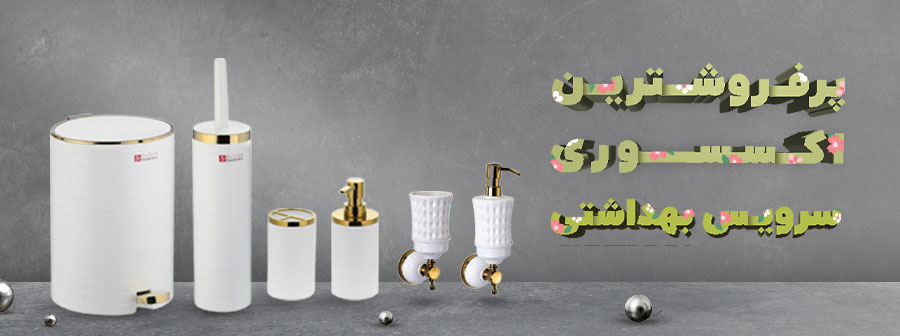
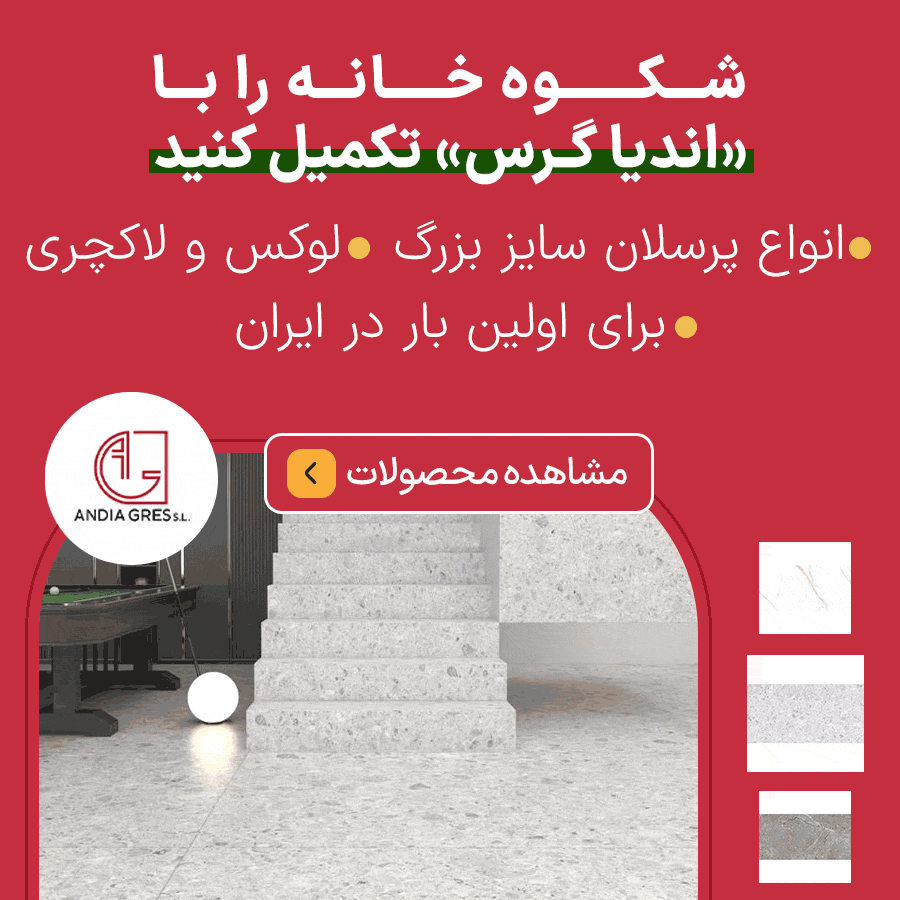

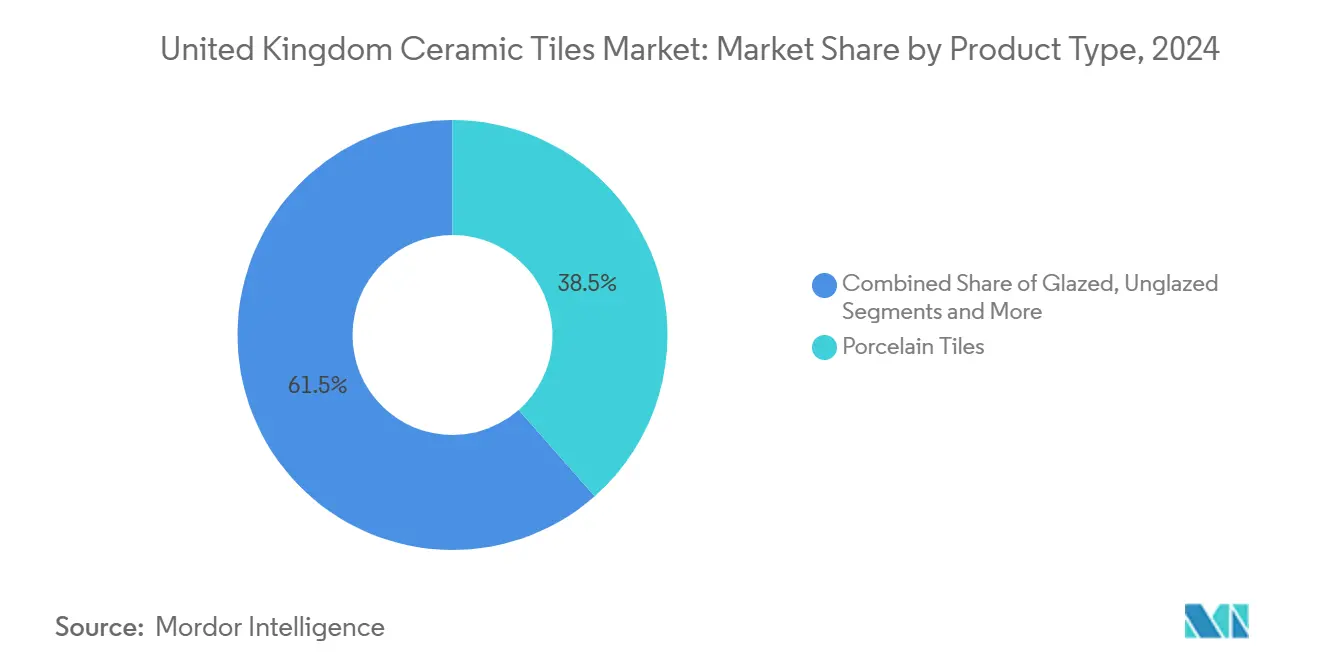
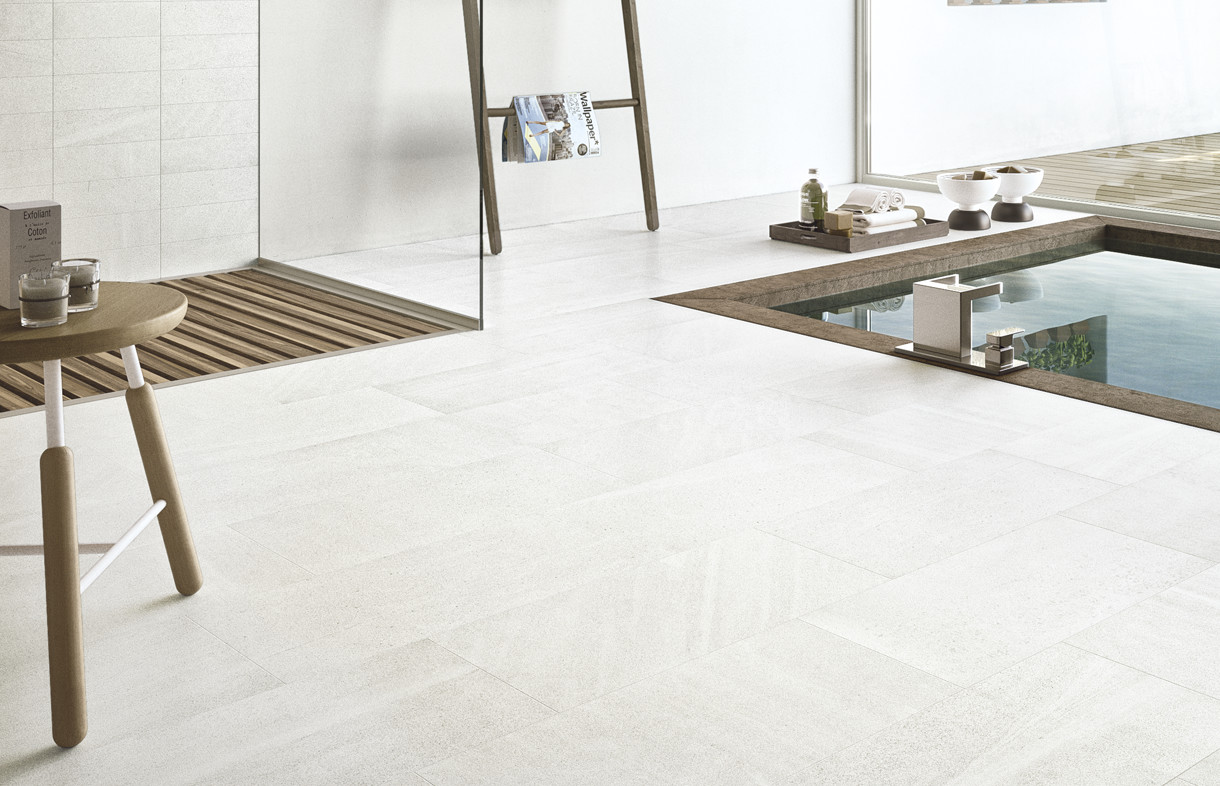

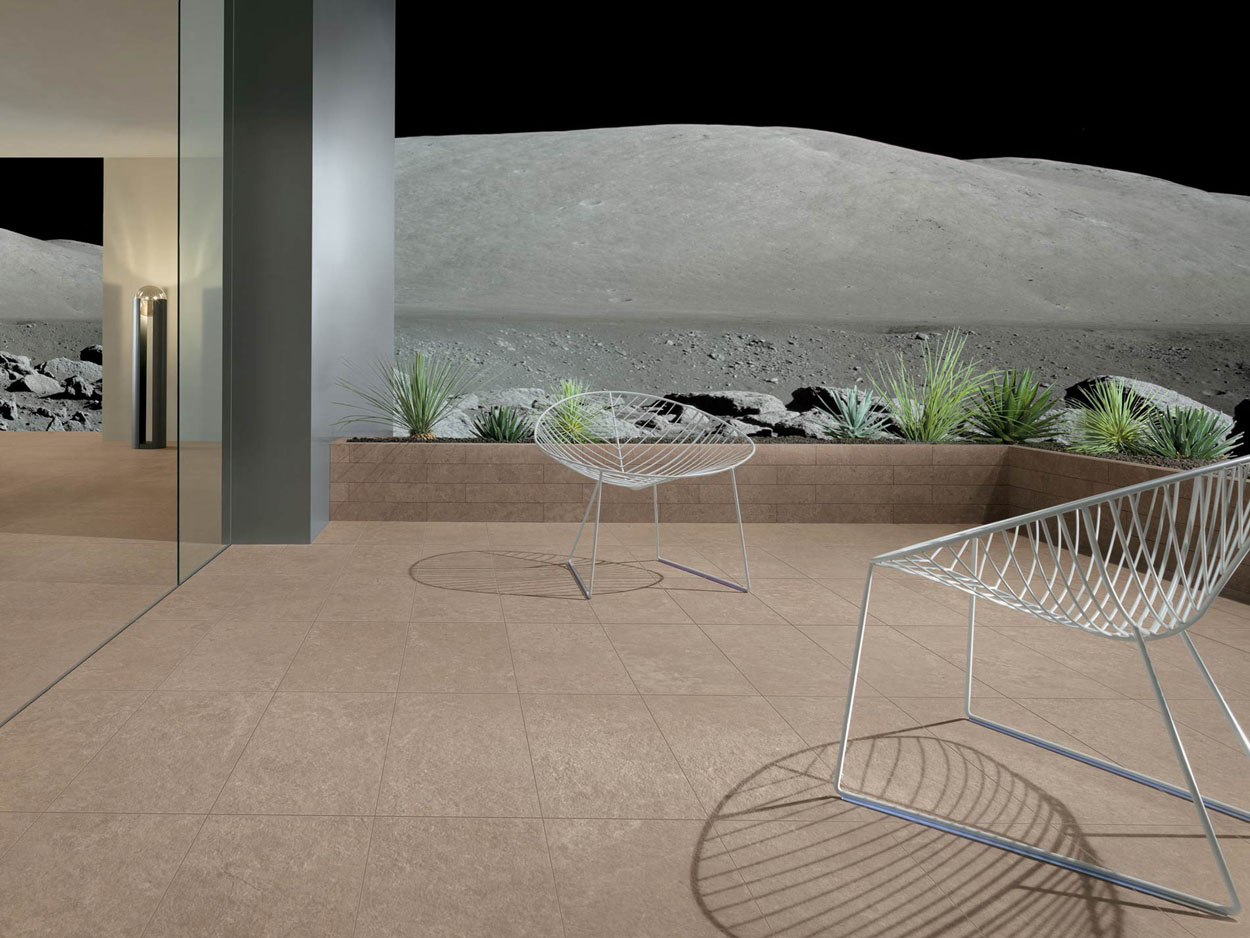
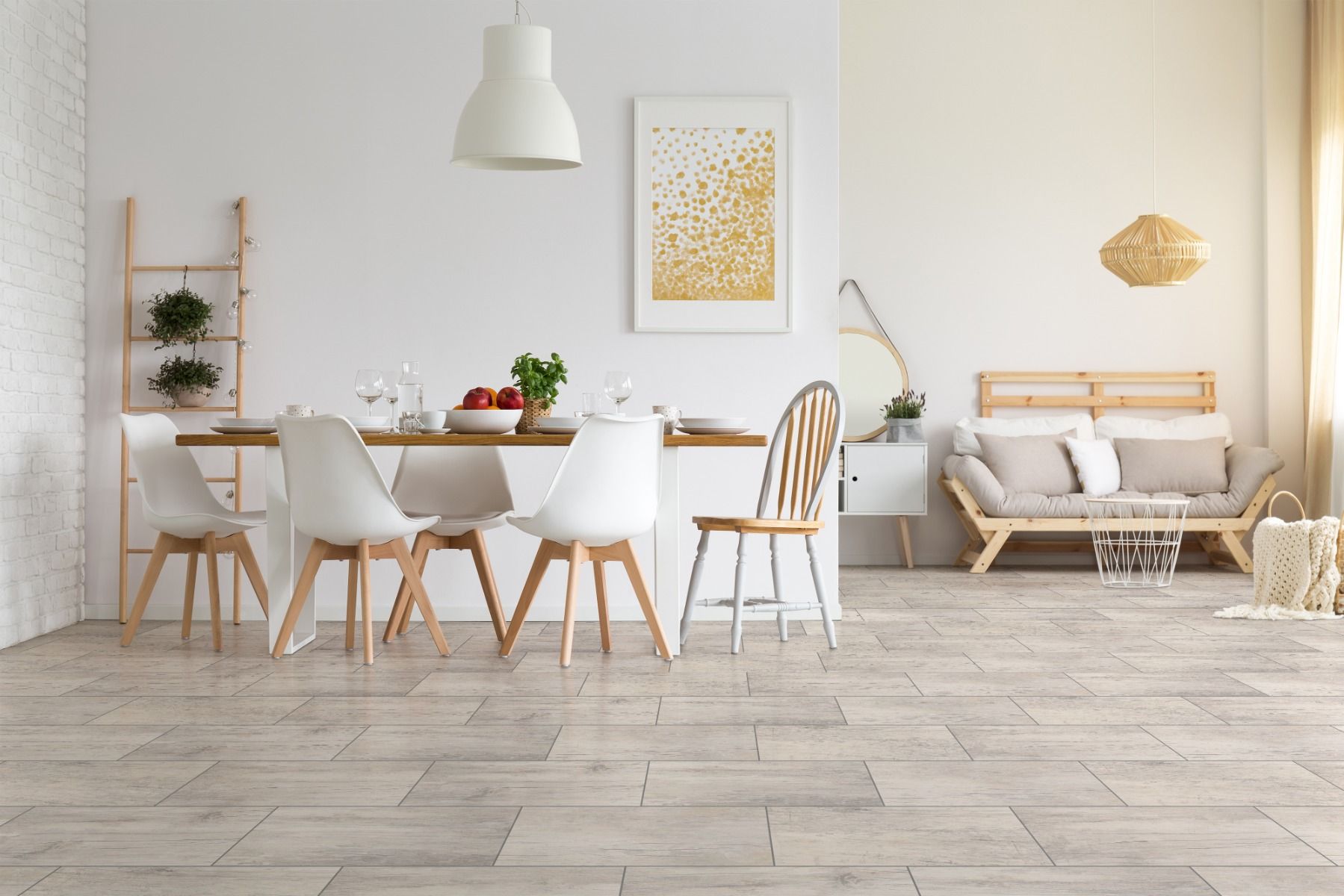
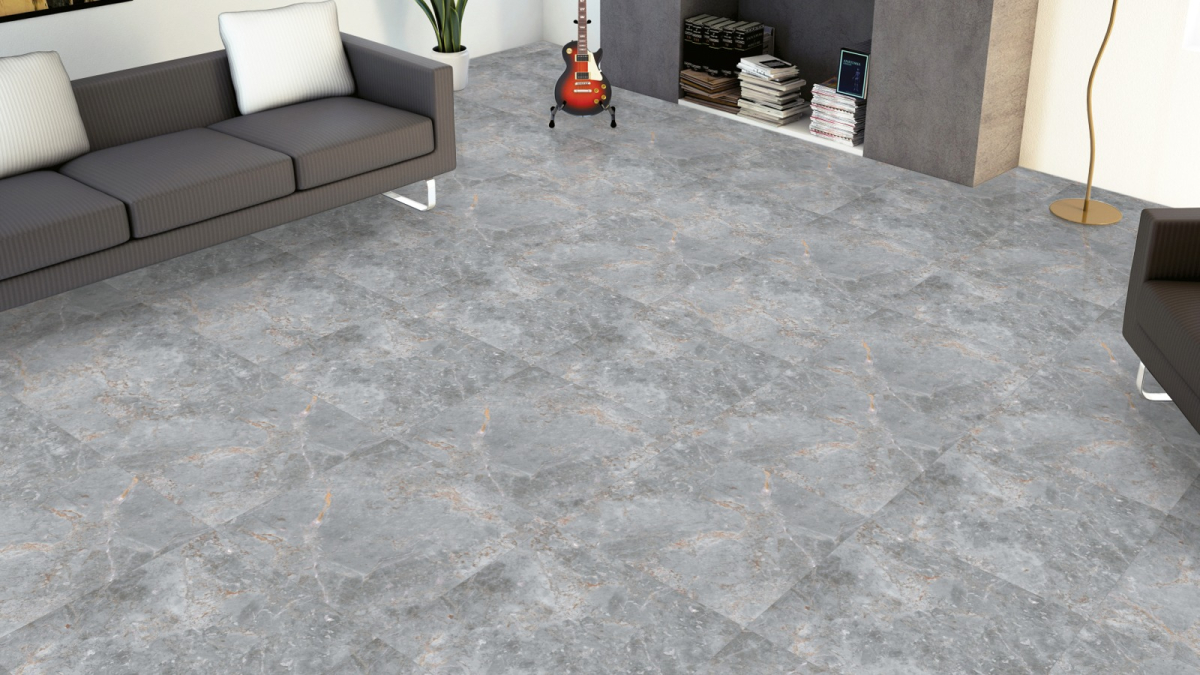
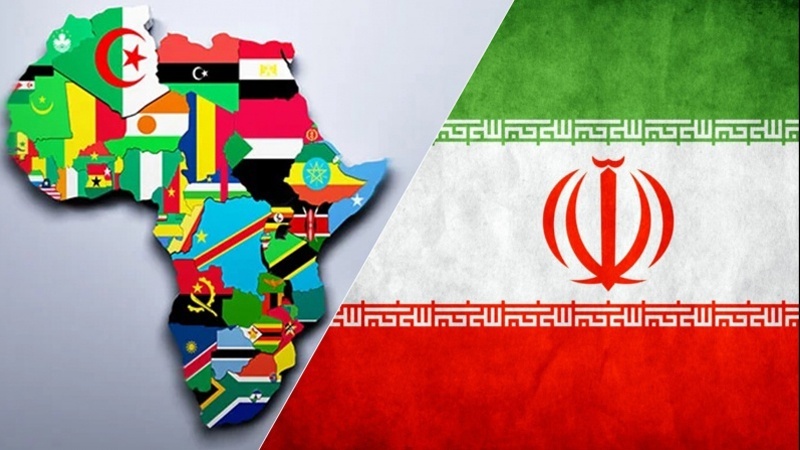
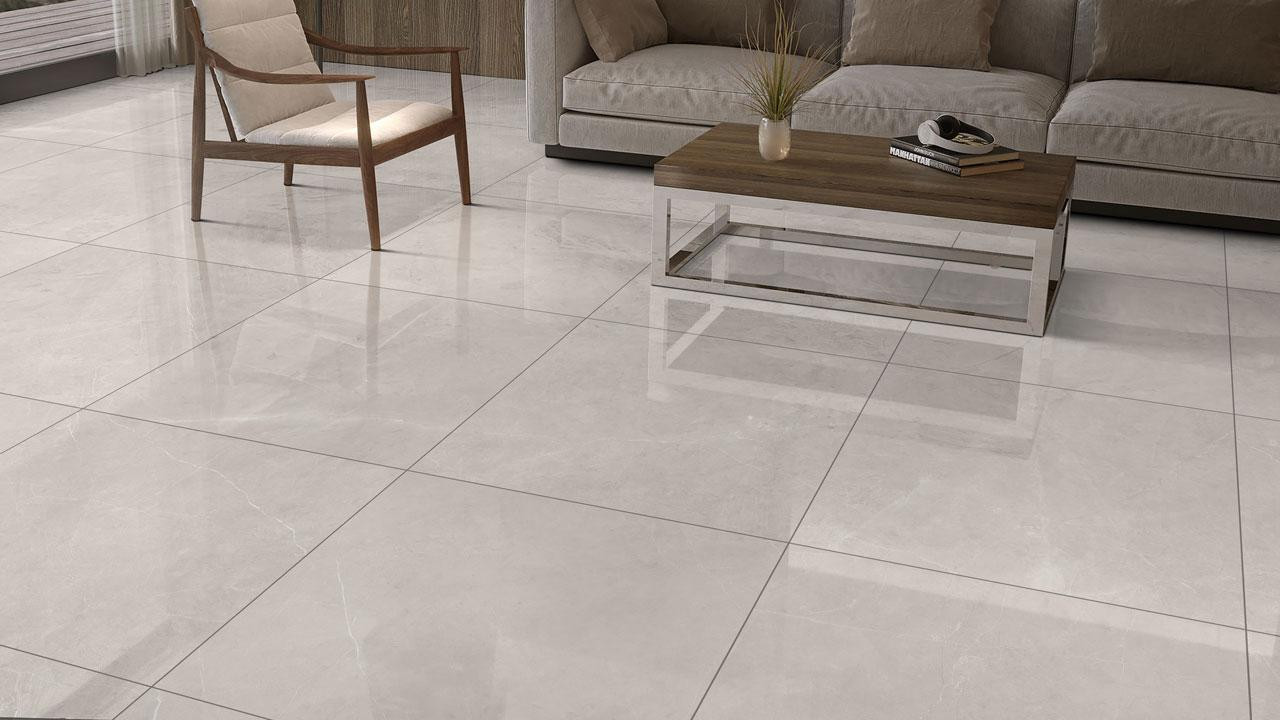
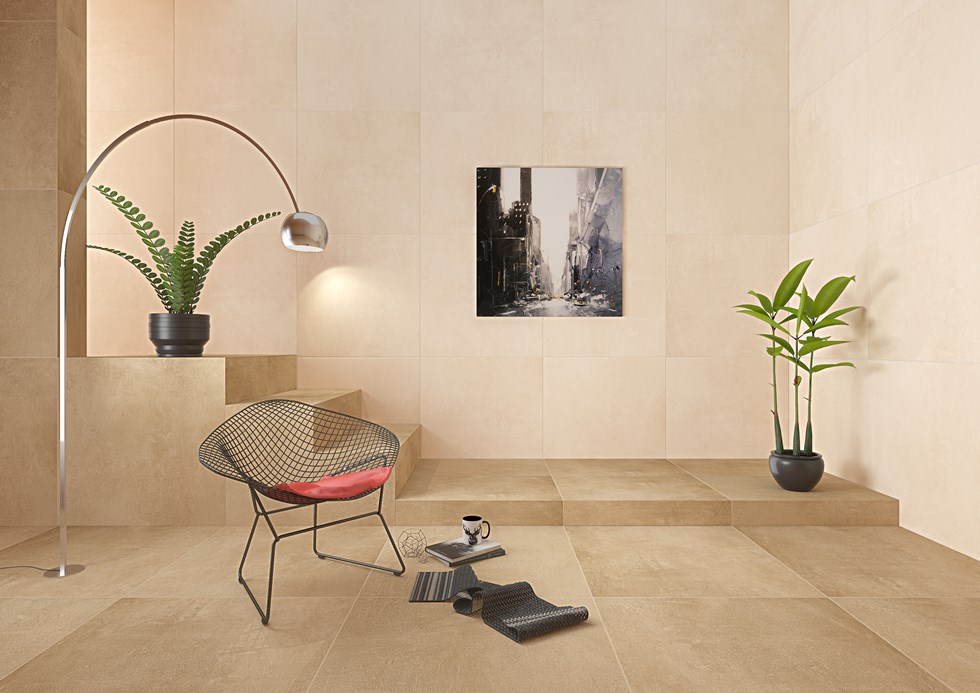
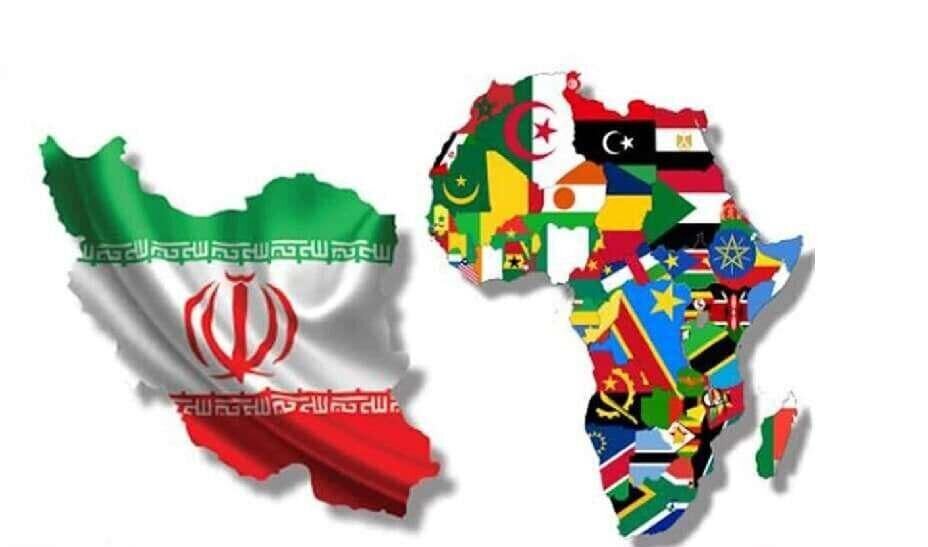
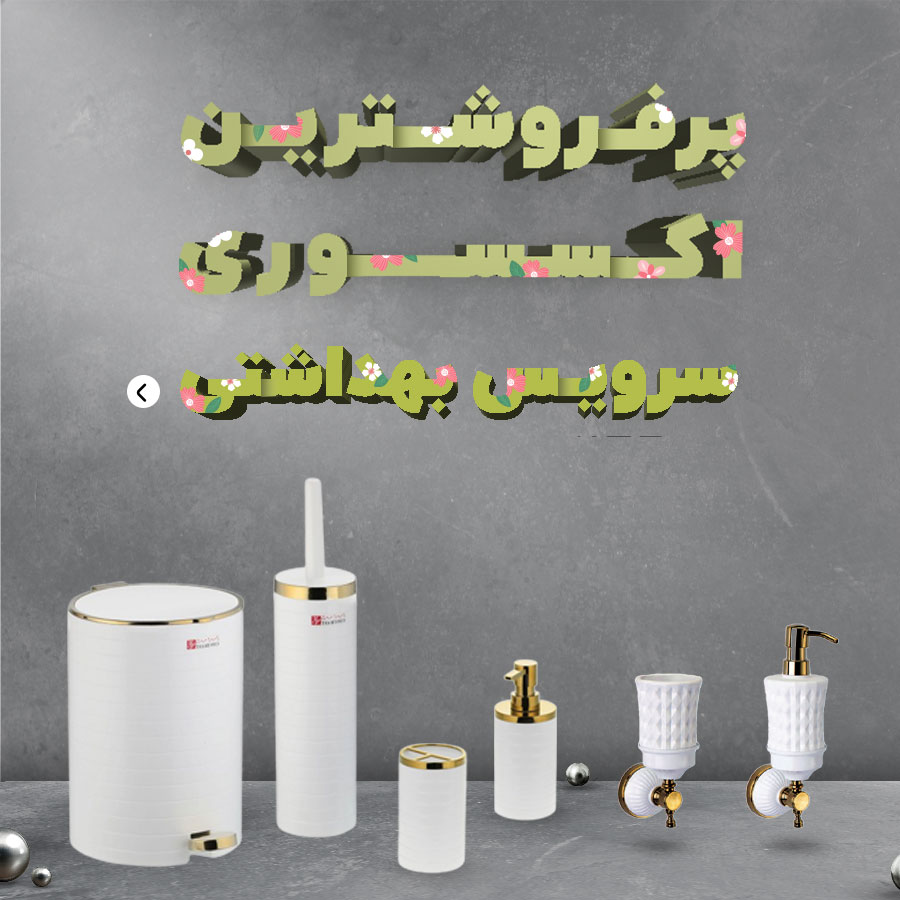

نظرات ۰